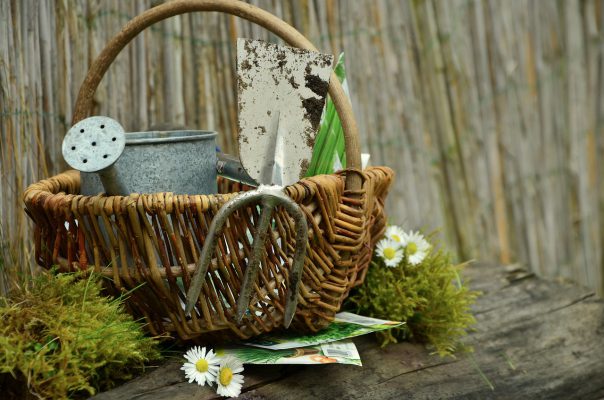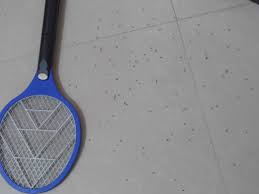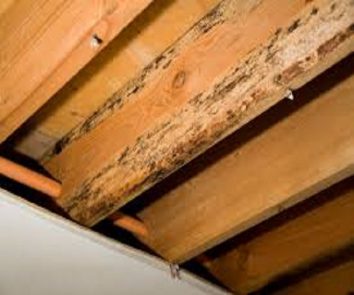Not all tools are used too often in the home. This inevitably causes tools to have rust on the surface. However, this is not an irremediable aspect.
So, here’s how to make your tools as good as new. You’ll also avoid them from going badly if you let too much time go by. Why buy new tools when you can restore your existing hand tools and equipment?
Additionally, you will only need a few implements to achieve the desired result. We describe two ways to achieve this goal. Therefore, you should choose the most comfortable and convenient way.

1. First solution
Here we can use abrasion to remove all traces of rust from your tools. It could take some physical force if it’s a tough job. However, sooner or later you get to renew your tools.
- Removing grease and dirt: We can start this task by simply using dish soap. In this case, use the dish soap to get soapy water. This will allow you to remove as much dirt and grease as you can from your tools. Once you can’t remove anything else, simply rinse with water. You will need to wait for the tools to dry completely before continuing.
- Removing as much rust as possible: To do a good job you should use abrasive pads. In this case, you will get good results when the oxidation is slight or medium. In particular, you can use steel wool, sandpaper, or a scouring pad.
Here it is advisable to start with the most abrasive and thickest implement. This way, you can remove as much rust as you can. Once you have made several passes you can use an attachment with a finer grain. By doing this you will be able to smooth all areas of the tools.
- Using a drill and a wire wheel: These two attachments will allow you to remove the toughest and most stubborn rusted areas. You should use a cutting lubricant such as kerosene before doing this.

After using the drill, you should switch to fine-grain sandpaper. The aim here is to remove all traces of excess residue. At this point, you should decide whether all the rust is gone, or whether any difficult areas remain.
2. Second solution
In this case, you can use oxalic acid if the above solution has not worked. In this way, you will be able to dissolve any trace of oxidation as long as it is of slight or moderate difficulty.
In turn, you will be able to remove all traces of residue, dirt, and of course rust. The formula manages to penetrate and remove different layers without damaging your tools. Also, it is a very simple formula to achieve.
- Preparing the tools: At this point, you must prepare the tools exactly as you have done with the previous solution. In simple terms, you must use dishwashing detergent to get soapy water.

After that, clean as much dirt and grease as you can from your tools. In this way, you remove an obstacle to the proper functioning of the chemical formula that you will then use. It is also advisable to wait until your tools are completely dry.
- Using the oxalic acid: Of course, you must have the safety elements to avoid being damaged by the chemical oxalic acid as. This implies having appropriate rubber gloves and a pair of protective goggles.
Since the acid produces too much smoke, you should not perform this procedure indoors. In this case, you should mix one gallon of water with 3 tablespoons of this chemical. You should mix these two ingredients in a large container as you will need to insert the tools later.

Once you get the exact mixture, immerse the tools carefully. You must make sure that the tools are completely immersed in this solution.
- Finishing the process: You must wait about 20 minutes for the chemical solution to act. For difficult rusty areas, you should wait a few more minutes. Once you have verified that your tools are free of rust you can rinse them. Finally, simply dry and store your refurbished tools.
FAQ´s
How do you use wd40 to clean rusty tools?
Before using this accessory, you must remove all traces of dirt and grease from the tools. After that, just apply wd-40 and wait for the necessary time. Finally, simply dry your parts properly for storage.
What kills rust?
Different elements can be used to efficiently remove rust. Among them, white vinegar does an excellent job of dissolving all the rust.
Moreover, it is a very simple procedure that does not require any additional elements. All you have to do is pour some white vinegar on the rusty tools and wait for a few minutes.
Does rust stop when dry?
A completely dry tool is somewhat better protected than a wet tool. However, without proper maintenance, both tools can be ruined anyway.
To avoid this, it is necessary to apply proper maintenance to your tools from time to time. Besides, the more time passes the more difficult it is to remove the rust from the tools.
Does lemon juice remove rust?
It is possible to use lemon juice to effectively remove rust. Before applying the lemon juice, you should sprinkle some coarse salt on the rusty tools.
After that, you should wait only the appropriate time to remove all the rust. In this case, waiting too long may cause some damage to your tools.
Final Words
It wasn’t a very difficult procedure, was it? Performing this maintenance on your tools from time to time will allow you to extend the life of these parts. In turn, this is an important procedure, since you never know when you will need to repair something in your home. So, you won’t want to regret it when that time comes, right?
Loading recommendations...






The instructions on how to clean rusty hand tools that you share are very good and useful. Simple and effective method. I appreciate your approach! If you have free time, visit the page poppy playtime to enjoy these great games!
This is a really helpful post. Thank you very much for sharing it for me and everyone to know.